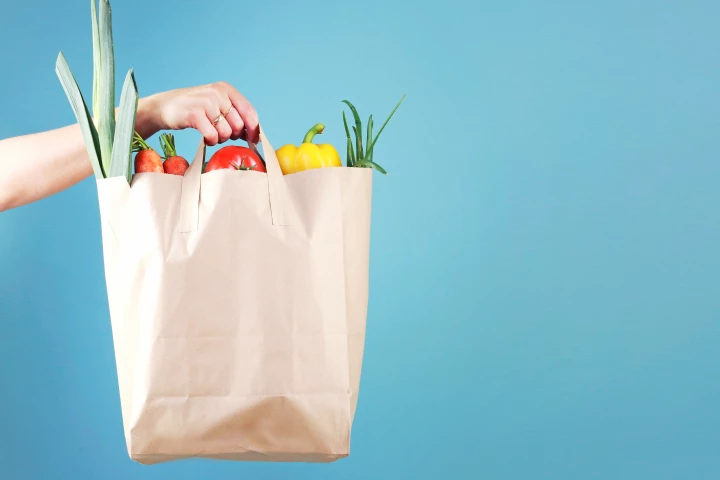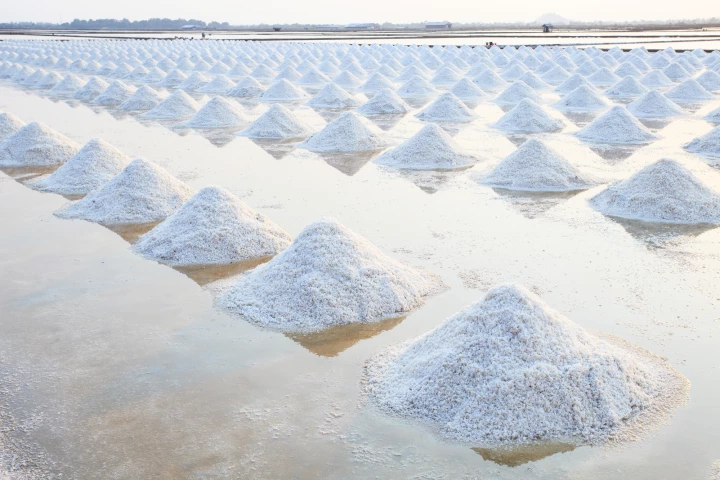Biomass
-
Farmers around the world regularly burn post-harvest crop waste, producing a significant amount of greenhouse gases and air pollution in the process. A new portable system, however, can be brought to farms to convert that waste into useful products.
-
While we use around five trillion plastic bags every year, disposable alternatives aren't that much better. A group of scientists, however, want us to rethink the humble paper bag, making it super strong, durable and a handy source of biofuel.
-
Could salt, one of the oldest preservatives around, help keep carbon deep underground for thousands of years? Researchers believe it can, and that it might offer a way forward in containing a gas that's a major contributor to climate change.
-
Casio's Pro Trek multi-function sports watch line has gone a bit greener with the introduction of the PRW-61, which features a case, case back, and strap made out of biomass plastics derived from castor seeds, corn, and similar raw materials.
-
So far as feedstocks for the production of biofuels go, kelp is a highly promising one on many fronts, and a new technology promises to boost its credentials even further by maximizing its exposure to both sunlight and nutrients.
-
Finding a way to produce hydrogen simply and cleanly would go a long way toward eventual use of the gas as a fuel source. And that's exactly what researchers at the University of Cambridge (UC) have done, adding to a host of other green possibilities that have been proposed for creating the gas.
-
Almost seven years after introducing its clever wooden stove that generates its own power, BioLite has given its low-emission campsite cooker a makeover. The CampStove 2 also runs purely on wood but features an onboard battery to use the power at a later date.
-
Scientists are claiming a chemical breakthrough that replaces the key molecule in conventional tires with one sourced from grass and trees instead, all without affecting the tire's color, shape or performance.
-
Global efforts to extract energy from sewage in forms such as heat, biogas and even electricity may get a boost thanks to the work of a team of biochemists and microbiologists from Ghent University, Belgium, who are collaborating on a pilot project with DC Water in Washington DC.
-
Alaska Airlines has flown a number of commercial passengers across the United States, fueled by woody biomass.
-
Researchers are experimenting with producing electricity from tomato waste. With a microbial electrochemical process, the organic material releases electrons into a fuel cell to become electricity.
-
Imagine a world where vehicles run on beer. Some might think of this as a devastating waste of good hops, but a(UMD team sees a lot of promise for the idea. The team has been awarded a patent for a process that in short, brews gasoline naturally.
Load More











